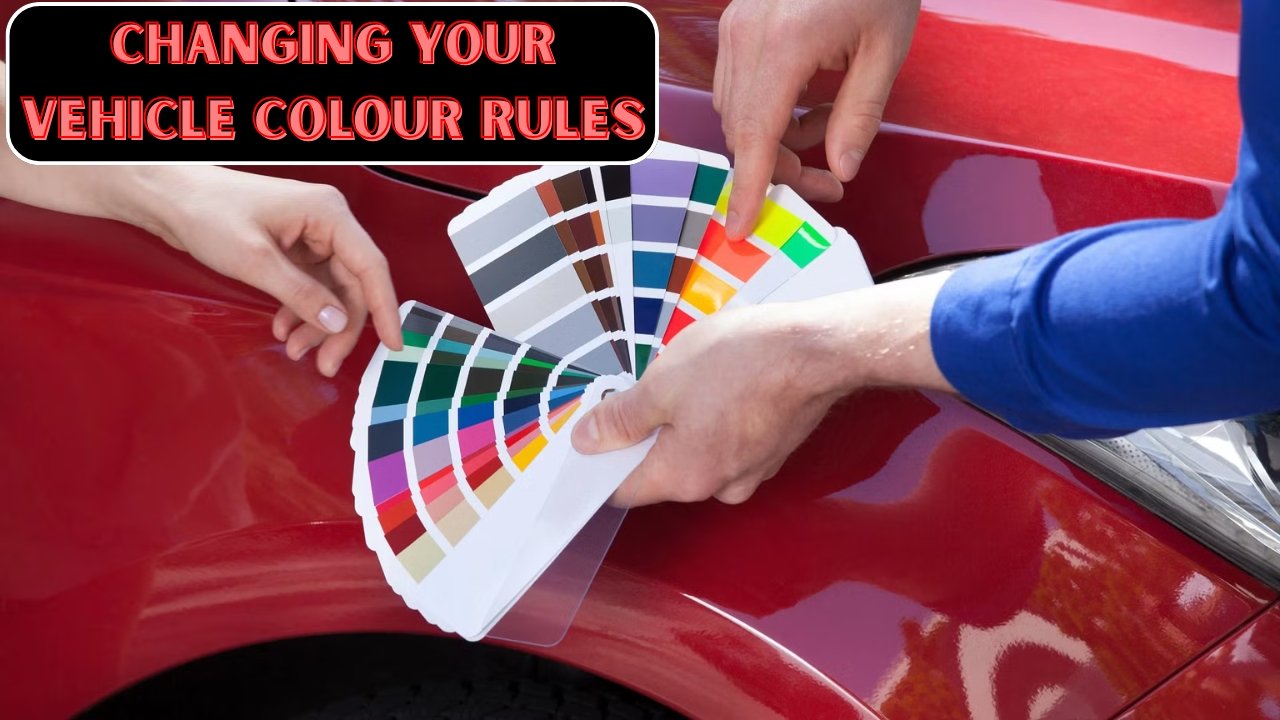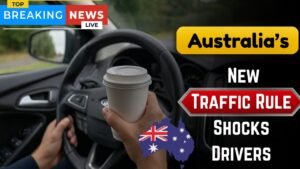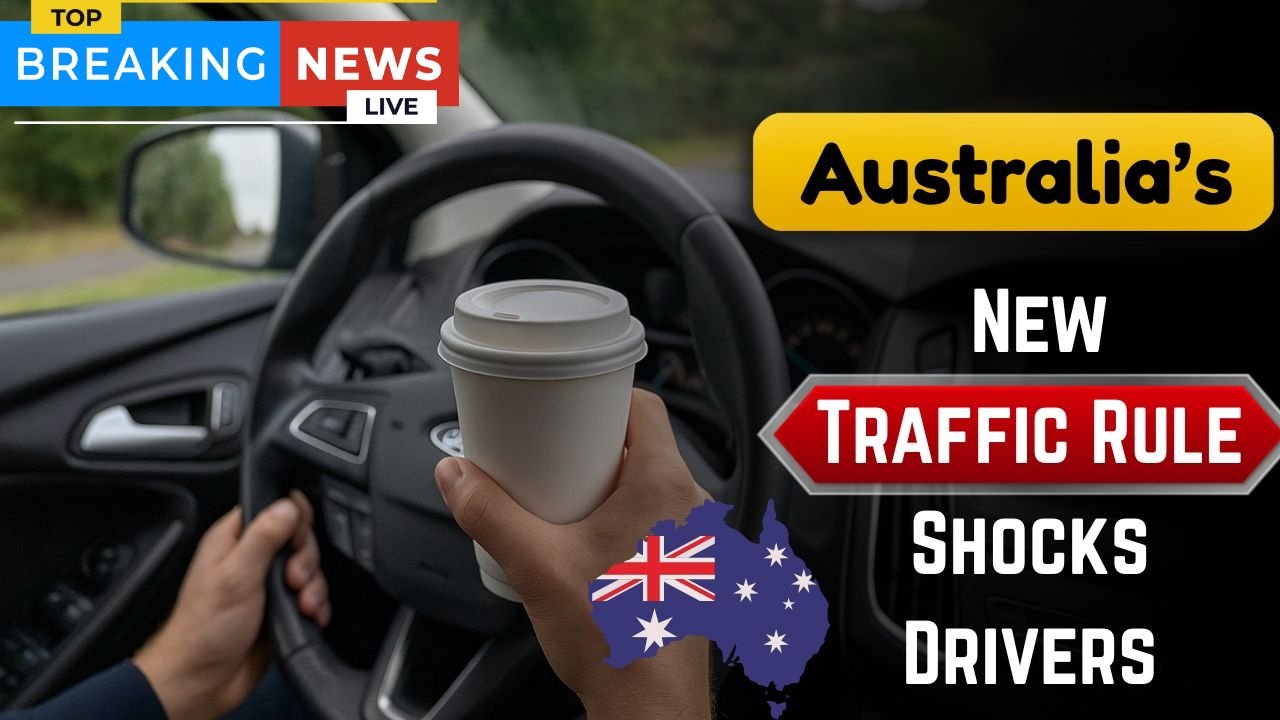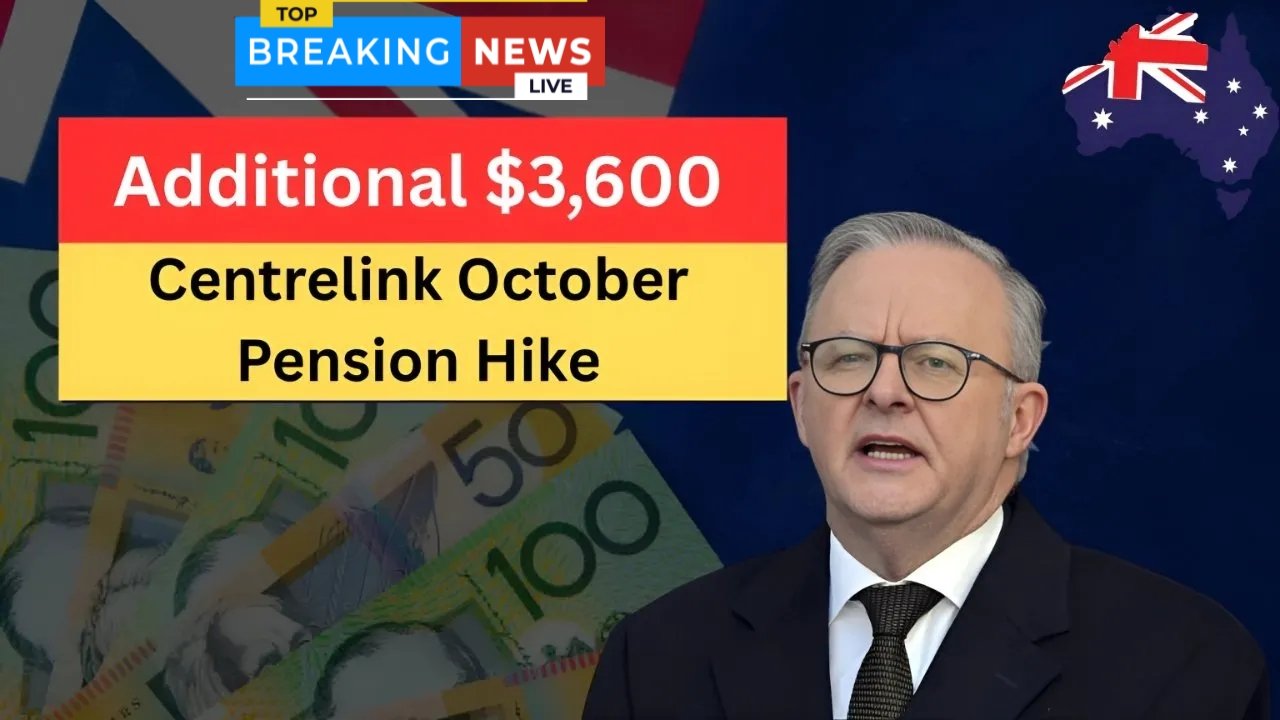In Australia, new vehicle colour laws are in place in 2025 that are expected to improve road safety, vehicle identification, and curb fraud cases. These are requirements of the law that covers every car owner and car manufacturer and stipulates the acceptable colour choices, standard of reflectivity and limitation on the usage of some colour in specific vehicle varieties. These rules are very important to know so as to be able to comply with them and prevent a fine as well as not to have any problems with vehicle registration. This paper summarizes the major vehicle colour regulations which would be implemented in 2025 and what all car owners need to know.
Important Colour Rules on Vehicles in 2025.
-Approved Colour Palettes: There are standard approved vehicle colour palette which authorities have established and which is considered very visible and safe in Australian roads. These consist of universal colors such as white, silver, black, blue, red and some greens. Any colour beyond this palette might not be allowed at all to be registered.
– Reflective and Visibility Requirement: Reflective properties must be on some of the vehicle parts like bumpers and side mirrors, but with approved colours so that they can have better visibility in the night or during bad weather.
– Prohibited Colours: Neon colours, over dark colours and camouflage patterns are prohibited on vehicles because they influence vehicle visibility and law enforcement identification.
– Commercial and Emergency Vehicles: These vehicles include extra colour requirements like use of high-visibility colours (fluorescent yellow or orange) as a mandatory requirement in case of utility and emergency vehicles to identify it easily.
-Custom Colour Regulations: Custom paint jobs that display colours not within the legal spectrum shall have to be registered with the state transport authority who may impose compliance checks or even demand repainting.

Checks and Penalties of Compliance
In most states, vehicle inspection currently involves colour compliance checks during the normal vehicle registration renewal and roadworthy tests. The non-compliance may lead to such sanctions as fines up to $1,200, denial of registration renewal, or mandatory repainting. Compliance checking: Police and road safety officers can stop vehicles having illegal colour in order to check compliance.
Why the New Rules?
The policies deal with safety issues, in particular, the visibility in all types of lighting and the convenience of recognition of the vehicle in traffic accidents or during criminal investigations. The homogenization of colour of vehicles is also beneficial in limiting the fraud of vehicle identity alteration and enhancing uniformity in the national vehicle fleet.
| Regulation Aspect | Details |
|---|---|
| Approved Colours | White, silver, black, blue, red, some greens |
| Prohibited Colours | Neon, camouflage, overly dark tints |
| Reflectivity Standards | Mandatory on bumpers, mirrors, select parts |
| Penalties | Up to $1,200 fines, registration refusals |
| Special Cases | Commercial/emergency high-visibility colours required |
FAQs
Q1: Will I still retain my vehicle colour that is not standard?
Compliance reviews can be initiated by extensive modifications or resprays to existing vehicles, although it can be grandfathered through.
Q2: What is the consequence when my custom paint does not meet?
It might also be necessary to get it checked up, and may need a touch of paint on it in a distinct colour that is approved.
Q3: What makes me aware whether my colour is approved or not?
See the guide on the vehicle paint colour of your state road authority or look online on lists of approved colours.










